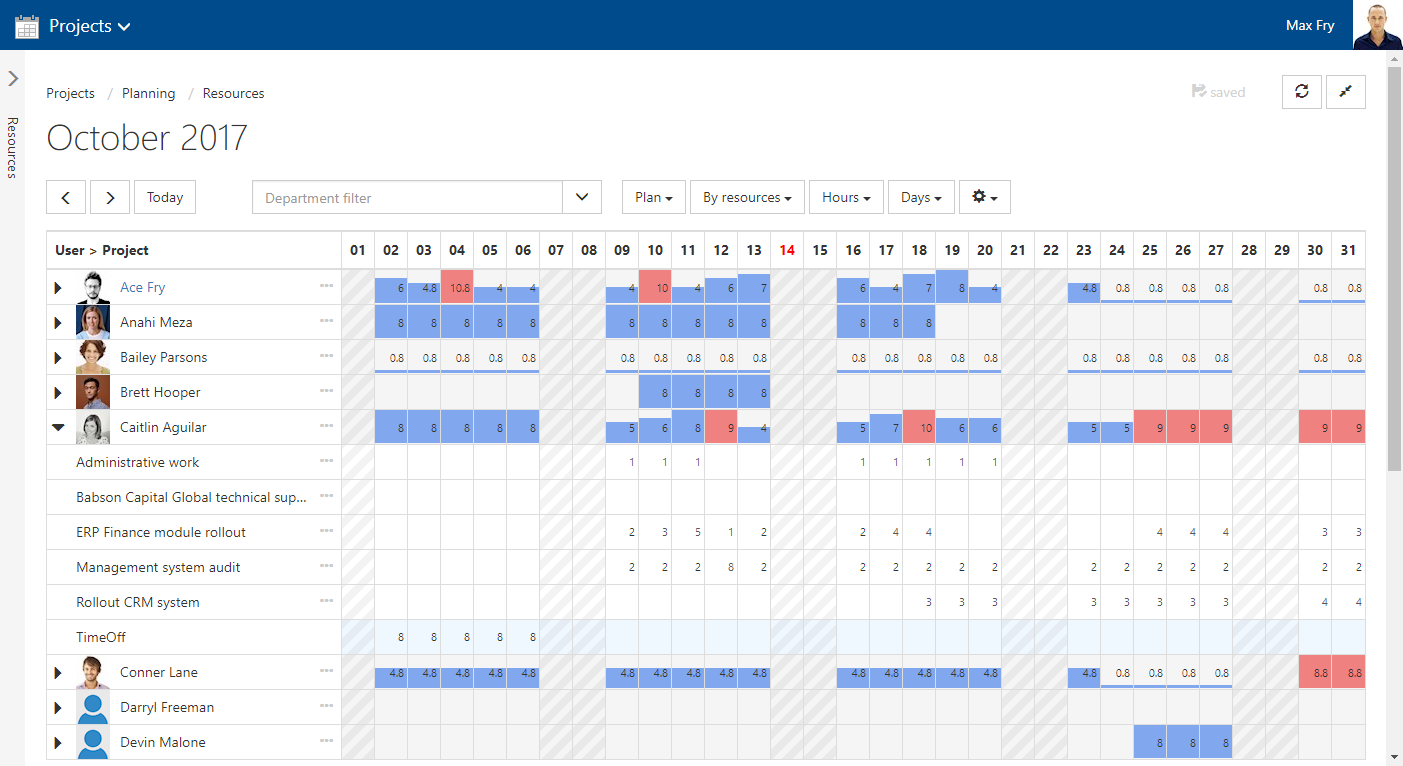Such professional business services as due diligence, consulting, and legal service are able to use Timetta in order to automate routine operations. Such operations include working time tracking, project management, and tracking provided services with invoicing.
As a result, the main goal of the system is to earn more money. But how can it reach that goal?

There are three main business indicators, which define the overall success levels:
- Sales volume — the company needs customers, obviously.
- Employee utilization — this works like Uber taxi, i.e., you are efficient only so long as you continue moving. If you are delayed, you transform into nothing more than the «good old taxi.» Utilization is the working time of your employees paid by your customers.
- Economic efficiency of the project — you may have a lot of sales, and your employees may work day and night, but if you can’t observe deadlines, and you wasted 200 working hours instead of the planned amount of 100, your business will show a «negative» trend.
Timetta allows tracking and accounting of various operations, and control of the key indicators. Starting now, it also allows planning.
By planning employee allocation, your business can increase utilization and the overall efficiency of its projects.
Look at the following cases. Do they look familiar?
- Your employees are participating in several projects at once, facing availability conflicts. As a result, they can’t finish everything at once, which leads to collapse.
- One employee is overloaded, performing a lot of tasks at once, while another is totally free, and you have to create new and more tasks for him.
- A customer wants to know the deadline, but we have no idea what to estimate.
All such situations can be easily solved with proper planning.
Let’s immerse ourselves in theory for a while.
What is your understanding of planning on the «bigger scale»? We have a resource manager or just a manager (if the company is not too big). His task is to allocate the resources of the employees between projects, selecting specific people and the amount of work each will do.
The process of allocation has to be carried out while keeping in mind planned leaves of the employees, various illnesses (in case something has already happened), etc. We also must take the administrative work into account. One employee can’t spend 100% of the time working on the project, because he or she has to participate in meetings, plan working time, etc.
After that, in case it’s necessary (and it will be necessary in the majority of cases), the project has to be planned and then re-planned. Such works have to be carried out by the head of the project. Each project has its detailed working plan, i.e., a task structure. And such tasks in this structure need to be assigned with resources. People are frequently misusing allocation and assignment words, and that’s really inefficient.
Resource planning in Timetta represents the process of resource allocation.
How does planning work?
There’s a special planner that is used for resource allocation planning. This planner offers the list of resources and the list of the projects available for each of them. One can plan work in hours or in percentage of total working time of an employee. One can also select one of the following viewing modes during the process of planning: by day, by week, or by month.

Information about the real labor contribution of the employees makes the process of planning much easier, while special color indicators show the overall load during the period, making it possible to detect and eliminate problems.
The main goal of such planning is to create a system of allocation that provides all the projects with their required resources, while employees are showing the maximum level of utilization in their project activity.




